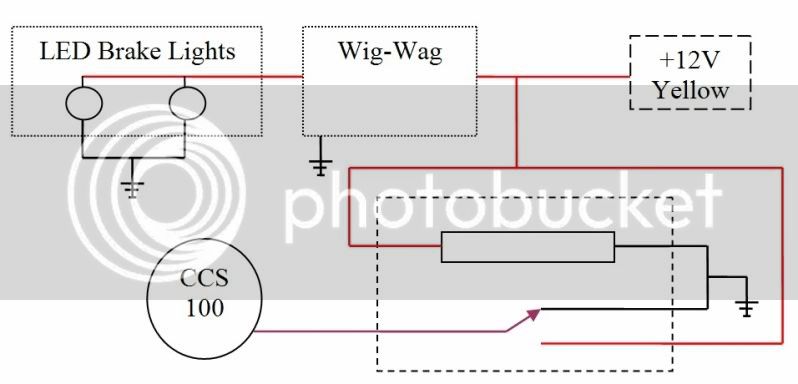Patriot
Isabella is Lazarus
geez guys, I'm going now to take some advil and the rest of my meds :dribble:
this is why I became a mechanical engineer: I can throw the ball, grab the pendulum, spin the gears, shoot the gun, and take the piston out of the engine and hold it and look at it.
dem electrons are a mystery... :blink:
this is why I became a mechanical engineer: I can throw the ball, grab the pendulum, spin the gears, shoot the gun, and take the piston out of the engine and hold it and look at it.
dem electrons are a mystery... :blink:





















































